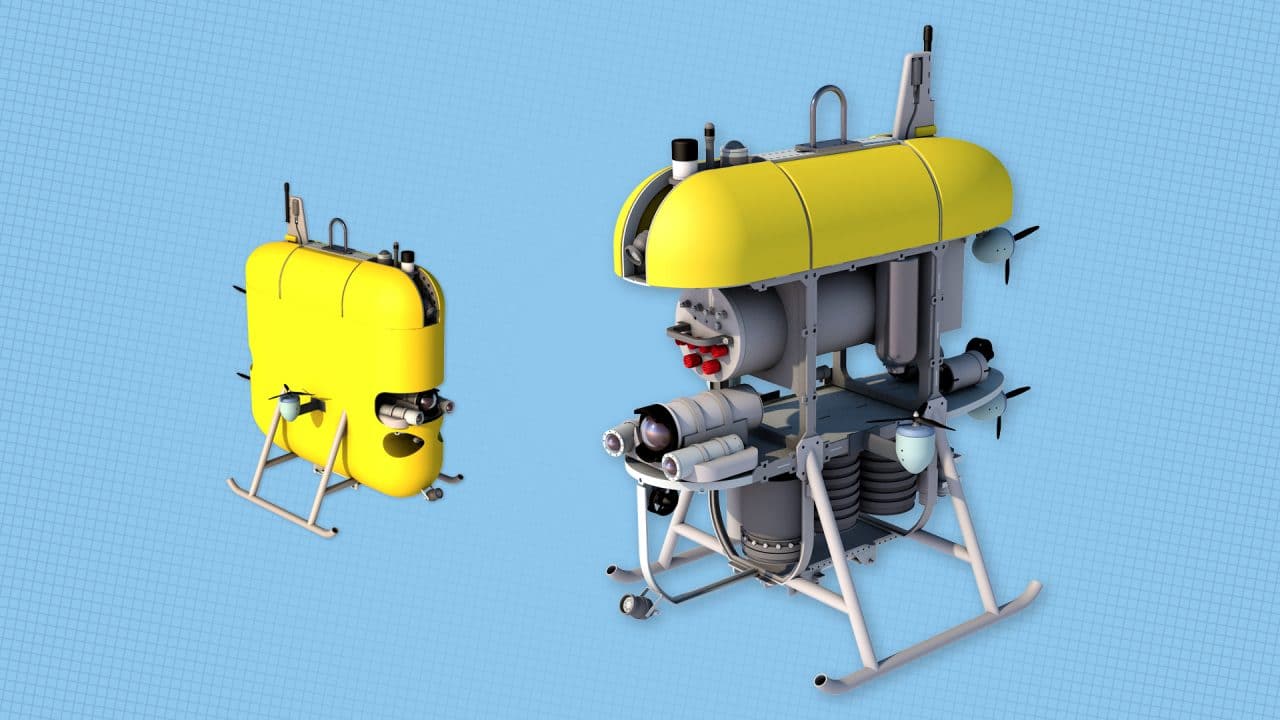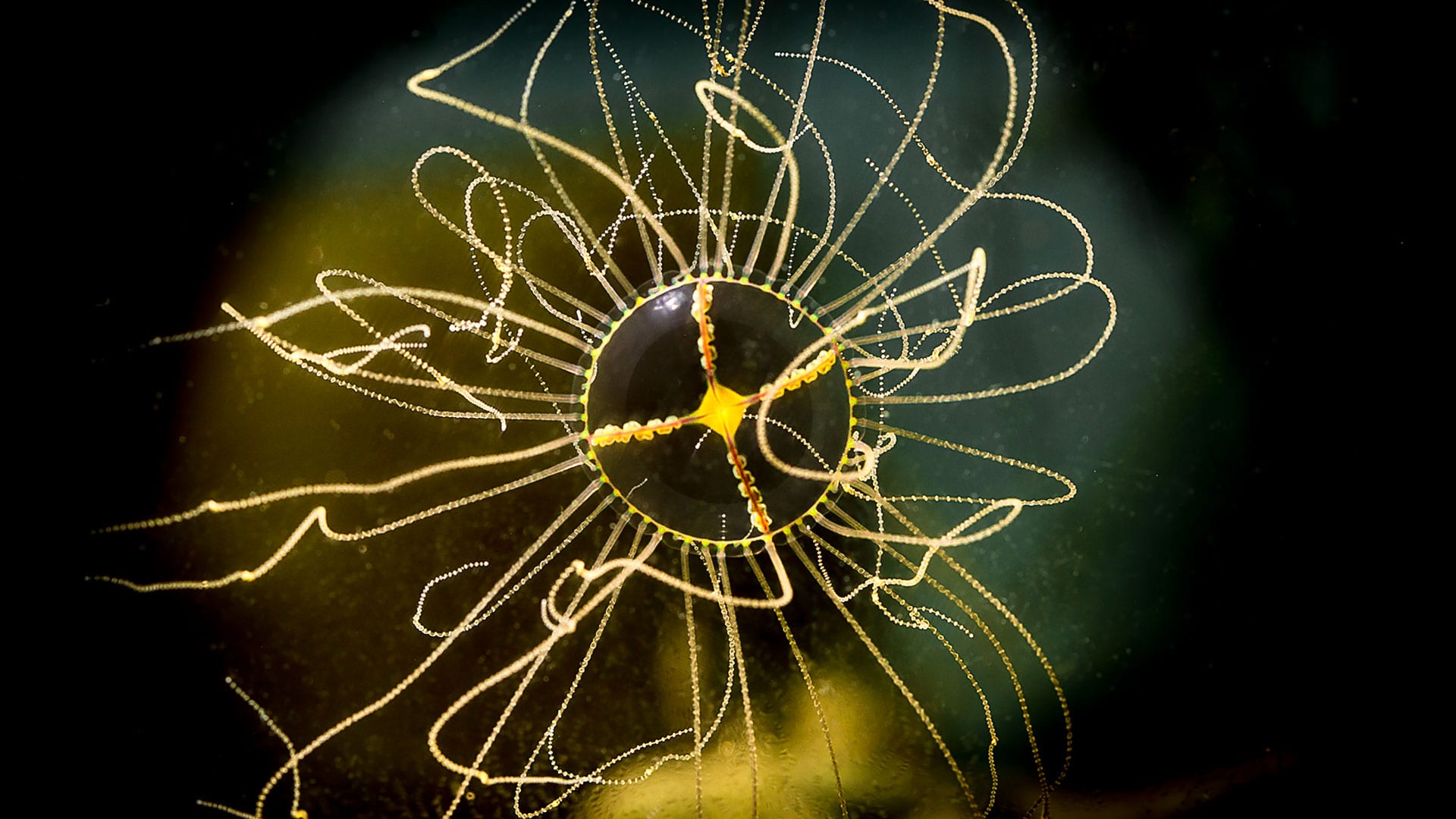Five times the ocean helped us learn about the human body
For people studying the human body, big ideas can sometimes come in small, briny packages

Estimated reading time: 6 minutes
For people studying the human body, big ideas can sometimes come in small, briny packages. From learning about memory through sea slugs to horseshoe crabs teaching us about how human eyes process visual information, here are five times marine life advanced our understanding of human anatomy.
Squid have some nerve!
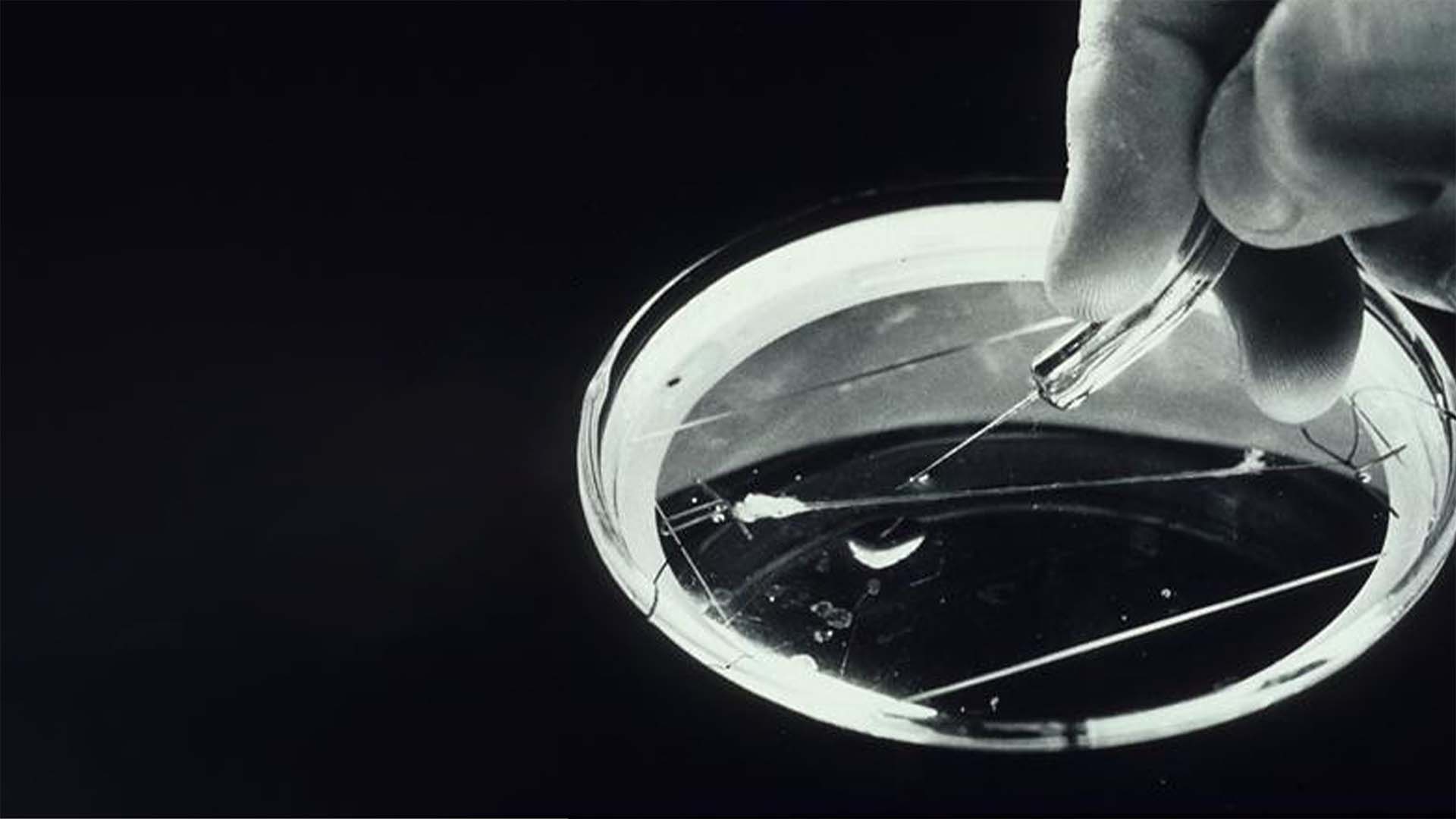
After the discovery of the giant axon in squid (seen above) in 1939, some researchers flocked to the marine science community in Woods Hole to learn how to properly dissect squid for the neuron. (Photo courtesy of the National Health Institute History Office)
In the early and mid-20th century, scientists made efforts to study the imperceptibly fast electrical signals passing through human nerve cells. Unfortunately for them, technology was not yet miniaturized enough to probe the Homo sapiens' neuron-many not even a tenth the thickness of a human hair. In lieu of a magic school bus, researchers began to eye organisms with larger nerve cell axons (the middle segment of a neuron). In the early 1910s, Woods Hole biologist L.W. William discovered that longfin inshore squid had a giant nerve axon running down their center-likely used for propelling itself through water. In 1939, neurologist John Zachary Young suggested the giant axon would be a suitable model for nerve studies and went to the Marine Biological Laboratory (MBL) in Woods Hole to confirm his suspicions. This nerve cell, he said, was 1,000 times larger than a human's. British physiologists Alan Lloyd Hodgkin and Andrew Huxley caught wind of Zachary's work, and decided to use the squid's axon as an analog in their own nerve studies. Inserting a wire into a sample of the cephalopod's enlarged neuron, they successfully measured how the cell's chemistry changed as electrical signals passed through it. The study ultimately helped the scientific community better understand how our human nervous system sends signals to our body, earning Hodkin and Huxley a Nobel Prize in Physiology in 1963.
Sea urchins teach us a thing or two about cell division

The golf-ball-size slate pencil urchin, Eucidaris tribuloides, belongs to the only group of sea urchins known to have survived the Permian-Triassic extinction that occurred about 252 million years ago. (Tom Kleindinst, © Woods Hole Oceanographic Institution)
Imagine being in your high school health class and your teacher starts the reproduction unit by holding up a dried sea urchin. Confused? You shouldn't be! In a 1982 study led by British biochemist and MBL faculty scientist Tim Hunt, scientists observed fast-developing sea urchin embryos to identify the proteins that help fertilized eggs divide and grow. Those proteins, known today as cyclins, are the very same catalysts that help humans develop in utero. While this wasn't the only study that led to the discovery of cyclins, it continues to be heralded as a major breakthrough confirming their existence.
For icefish, anemia is a superpower
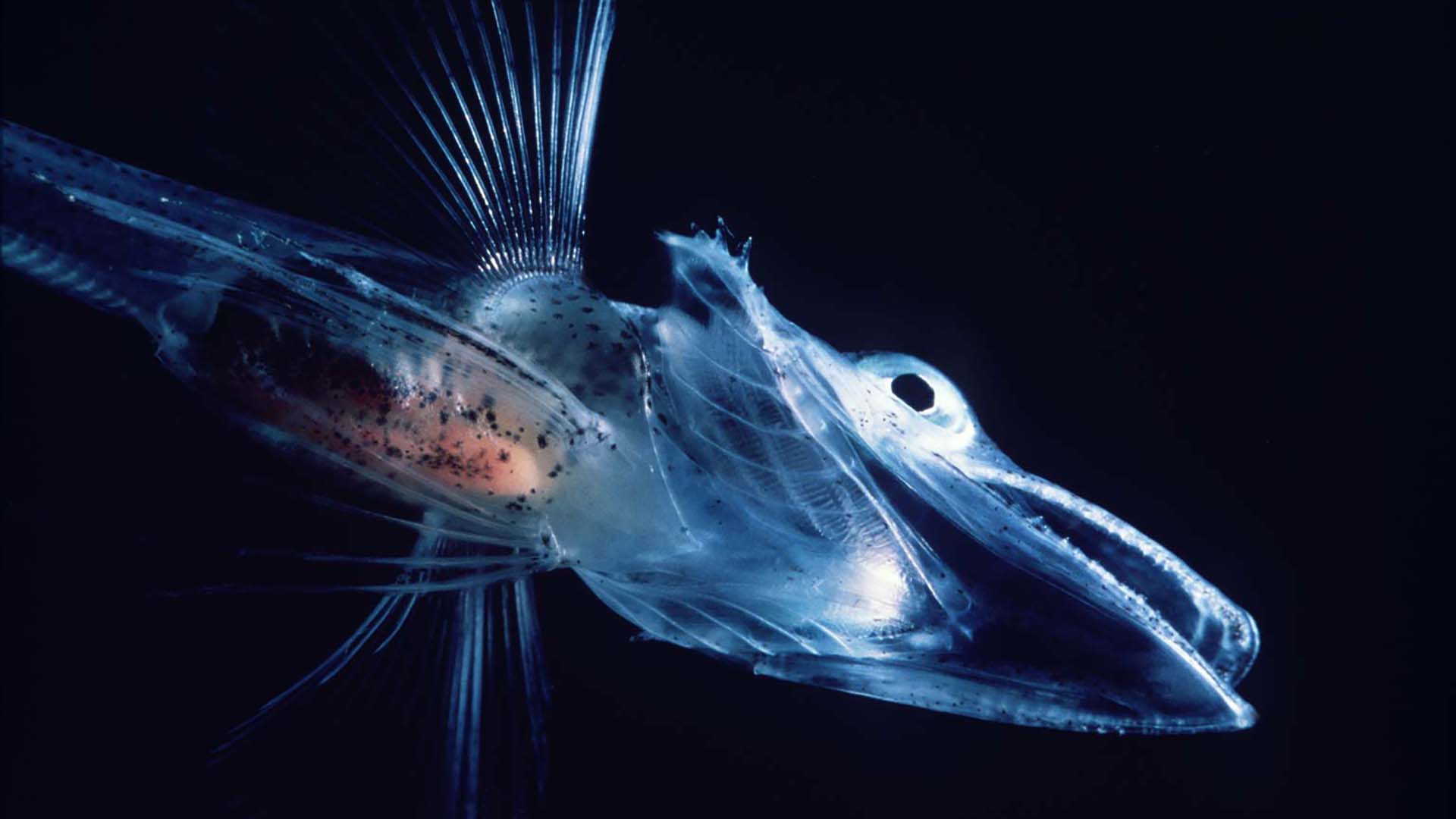
There are over 16 species of icefish that use a type of antifreeze protein to stay alive in their freezing polar habitat. (Photo courtesy of Wikimedia Commons)
Seventy-seven million years ago, the Southern Ocean began to rapidly cool to the more familiar, icy Antarctic waters we know today. When that happened, fish living there faced an evolutionary challenge: to keep from freezing. While many species went extinct from the temperature shift, the aptly-named icefish persisted. To avoid freezing entirely, it stopped producing red blood cells and hemoglobin that would otherwise turn viscous in the freezing cold water-a cell and protein combination we know as the primary transport system for oxygen in the body. Instead, it adapted bigger gills and sacrificed its scales in favor of a smooth, translucent skin that could better absorb O2 in the chilly polar waters. In 2019, an international team of scientists led by H. William Dietrich of Northeastern University and John Postlethwait of the University of Oregon studied the fish as a possible model for the human blood disorder known as anemia. In their research, they managed to target the gene that icefish and more than 1.6 billion humans suffering from the disorder may be lacking, creating hope for future therapies.
A sea slug becomes the key in a memory study
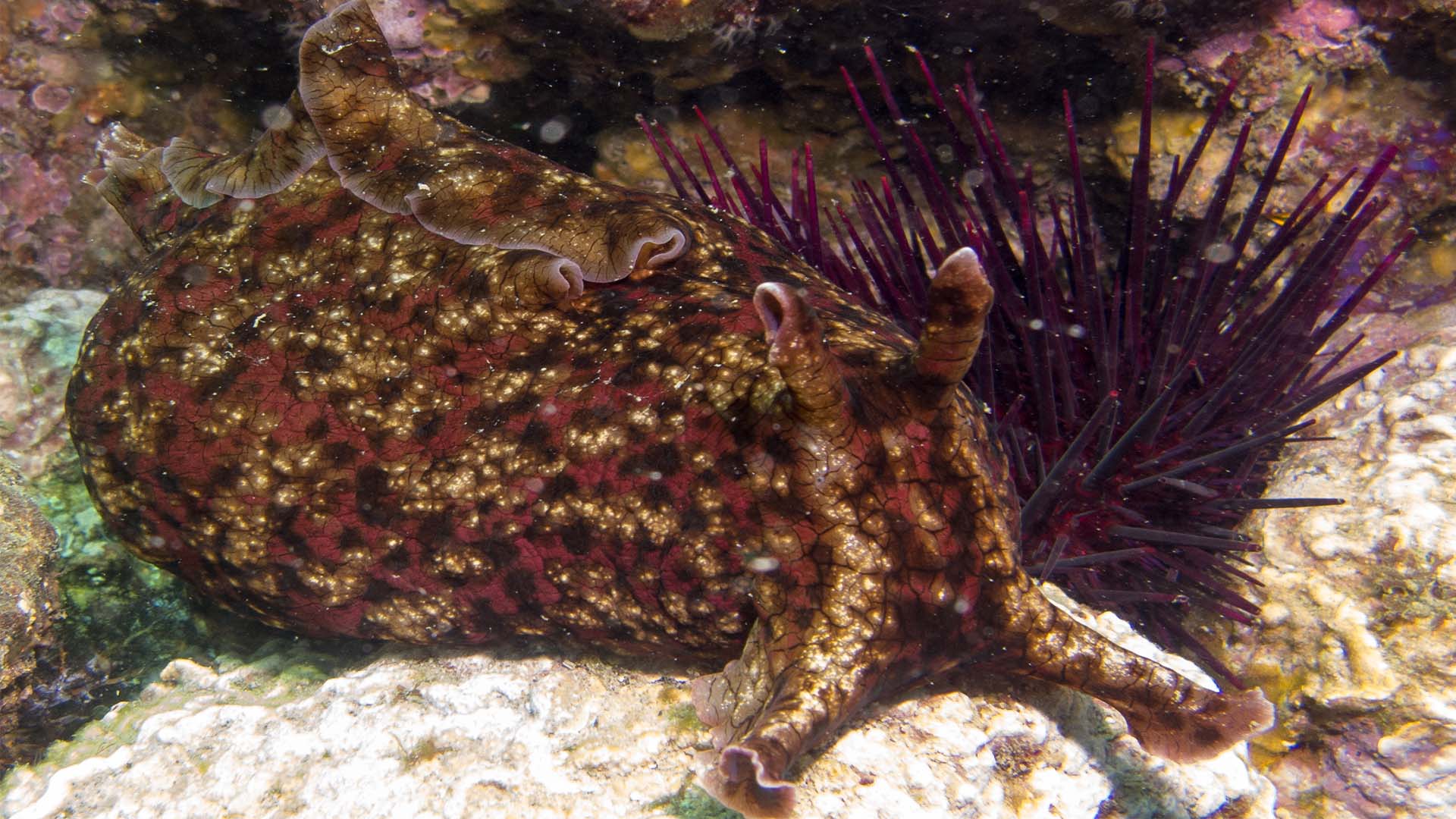
The California sea hare, Aplysia californica, possesses a fraction of the nerve cells found in the human brain, many of which are large enough to see with the naked eye. (Photo courtesy of Wikimedia Commons)
Thanks to evolution, even sea slugs have a basic sense of memory. But while humans have over 86 billion nerve cells in their brain, the California sea hare (Aplysia californica) survives with only 20,000-many visible to the naked eye. For scientists Eric Kandel (an MBL affiliate), Paul Greengard, and Arvid Carlsson, this made the mollusk an ideal candidate for a memory and learning study in the late 1990s and early 2000s. Back then, the team wanted to understand the physical processes that neurons undergo to help animals remember things. By applying mild electric shocks and examining the mollusk's nerve cells post mortem, the team discovered that neurons fired a greater number of chemical signals to for memorizing skills like moving or eating more (implicit memories), but created entirely new neurons when making complex associations (explicit memories). For humans, this is the difference between remembering how to drive a car and what exit we get off of to visit Woods Hole. The discovery earned the team a Nobel Prize in 2000.
Seeing through 445-million-year-old eyes
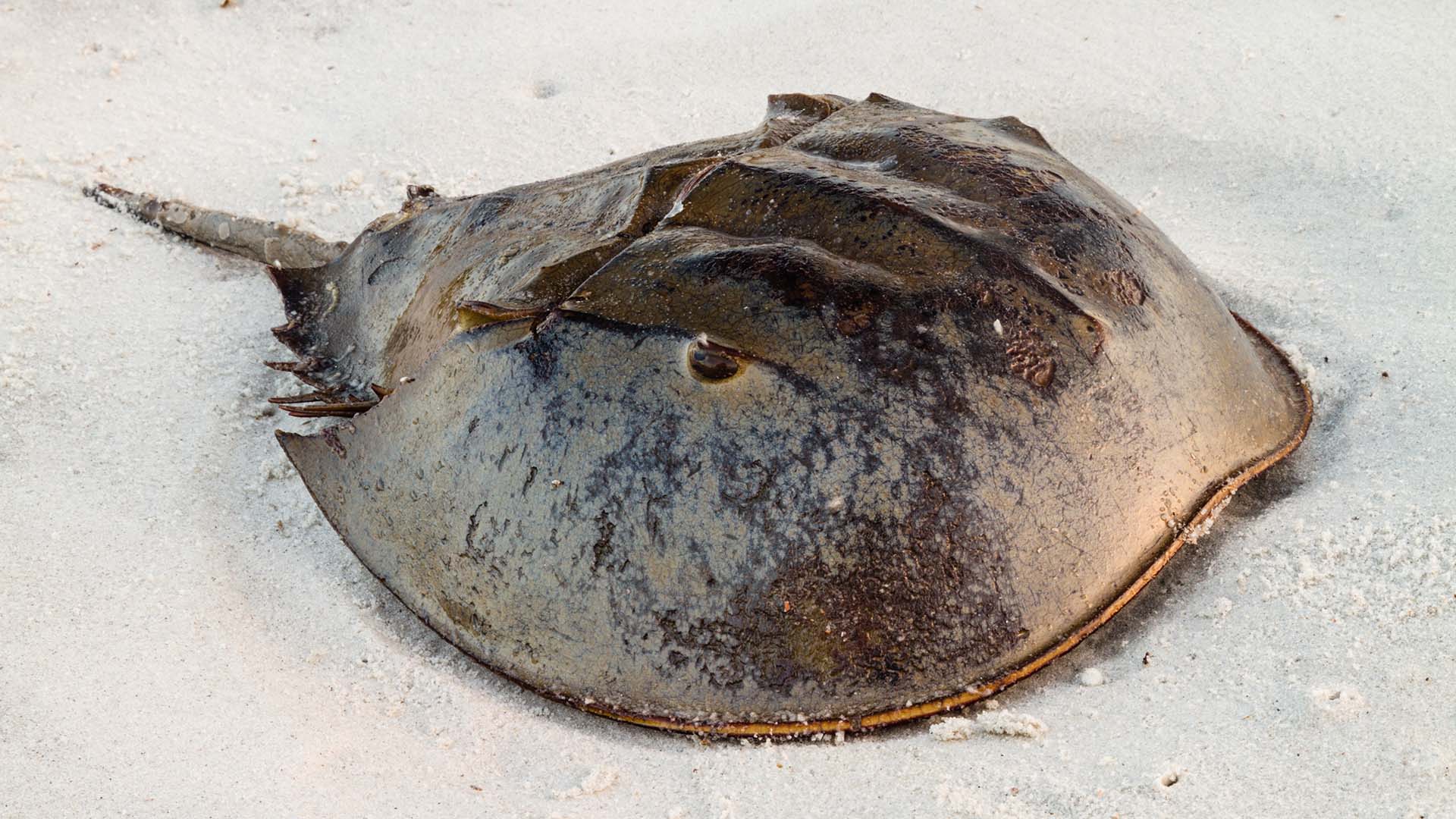
The horseshoe crab (Limulus polyphemus) uses three sets of eyes to see, which are driven by the release of a light-sensitive chemical called opsins. (Photo courtesy of © Getty Images)
After spending aeons on this planet, it's safe to say the horseshoe crab still has a few new things to teach us. Since the 1930s, scientists have been largely interested in this aquatic arachnid for its primitive eye sight. In time, researchers realized that the horseshoe crab uses three sets of eyes to sense basic differences in light. The bug-like compound eyes seen on top of its head are made up of a network of retinal neurons that are large enough for scientists to observe. By the 1980s, the advent of electroretinograms allowed scientists to measure the activity of the the animal's retinas to different intensities of light. Over time, the horseshoe crab became a widely accepted model for how retinas interpret light in many animals, including humans.
Albertson, R. Craig, et al. "Evolutionary Mutant Models for Human Disease." Trends in Genetics, Elsevier Current Trends, 26 Dec. 2008, https://www.sciencedirect.com/science/article/abs/pii/S0168952508003156?casa_token=52DuXn__9HsAAAAA%3A5ek8aYYnMT0OivzB2ZHQFSr9r-vNaqz4KFu2aVemNfhgCZUTrs1EiQIObon1B042V2YfjGGc4w.
Chen, L, et al. "Convergent Evolution of Antifreeze Glycoproteins in Antarctic Notothenioid Fish and Arctic Cod." Proceedings of the National Academy of Sciences of the United States of America, The National Academy of Sciences of the USA, 15 Apr. 1997, https://www.ncbi.nlm.nih.gov/pmc/articles/PMC20524/.
Chen, L, et al. "Convergent Evolution of Antifreeze Glycoproteins in Antarctic Notothenioid Fish and Arctic Cod." Proceedings of the National Academy of Sciences of the United States of America, The National Academy of Sciences of the USA, 15 Apr. 1997, https://www.ncbi.nlm.nih.gov/pmc/articles/PMC20524/.
CL;, Liu JS;Passaglia. "Using the Horseshoe Crab, Limulus Polyphemus, in Vision Research." Journal of Visualized Experiments : JoVE, U.S. National Library of Medicine, 3 July 2009, https://pubmed.ncbi.nlm.nih.gov/19578331/.
Evans, Tom, et al. "Cyclin: A Protein Specified by Maternal Mrna in Sea Urchin Eggs That Is Destroyed at Each Cleavage Division." Cell, vol. 33, no. 2, 1983, pp. 389-396., https://doi.org/10.1016/0092-8674(83)90420-8.
Kandel, Eric R. "The Molecular Biology of Memory Storage: A Dialogue between Genes and Synapses." Science, vol. 294, no. 5544, 2001, pp. 1030-1038., https://doi.org/10.1126/science.1067020.
Kim, Bo-Mi, et al. "Antarctic Blackfin Icefish Genome Reveals Adaptations to Extreme Environments." Nature News, Nature Publishing Group, 25 Feb. 2019, https://www.nature.com/articles/s41559-019-0812-7.
Nobel Prize. "Keffer Hartline Wins Nobel Prize in Physiology or Medicine 1967." NobelPrize.org, https://www.nobelprize.org/prizes/medicine/1967/hartline/biographical/.
Robertson, Michael, and Garry Walter. "Eric Kandel and Aplysia Californica: Their Role in the Elucidation of Mechanisms of Memory and the Study of Psychotherapy: Acta Neuropsychiatrica." Cambridge Core, Cambridge University Press, 24 June 2014, https://www.cambridge.org/core/journals/acta-neuropsychiatrica/article/abs/eric-kandel-and-aplysia-californica-their-role-in-the-elucidation-of-mechanisms-of-memory-and-the-study-of-psychotherapy/50C9E9CCCA945002CB83246F520854B1.


